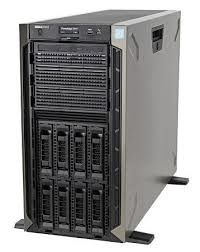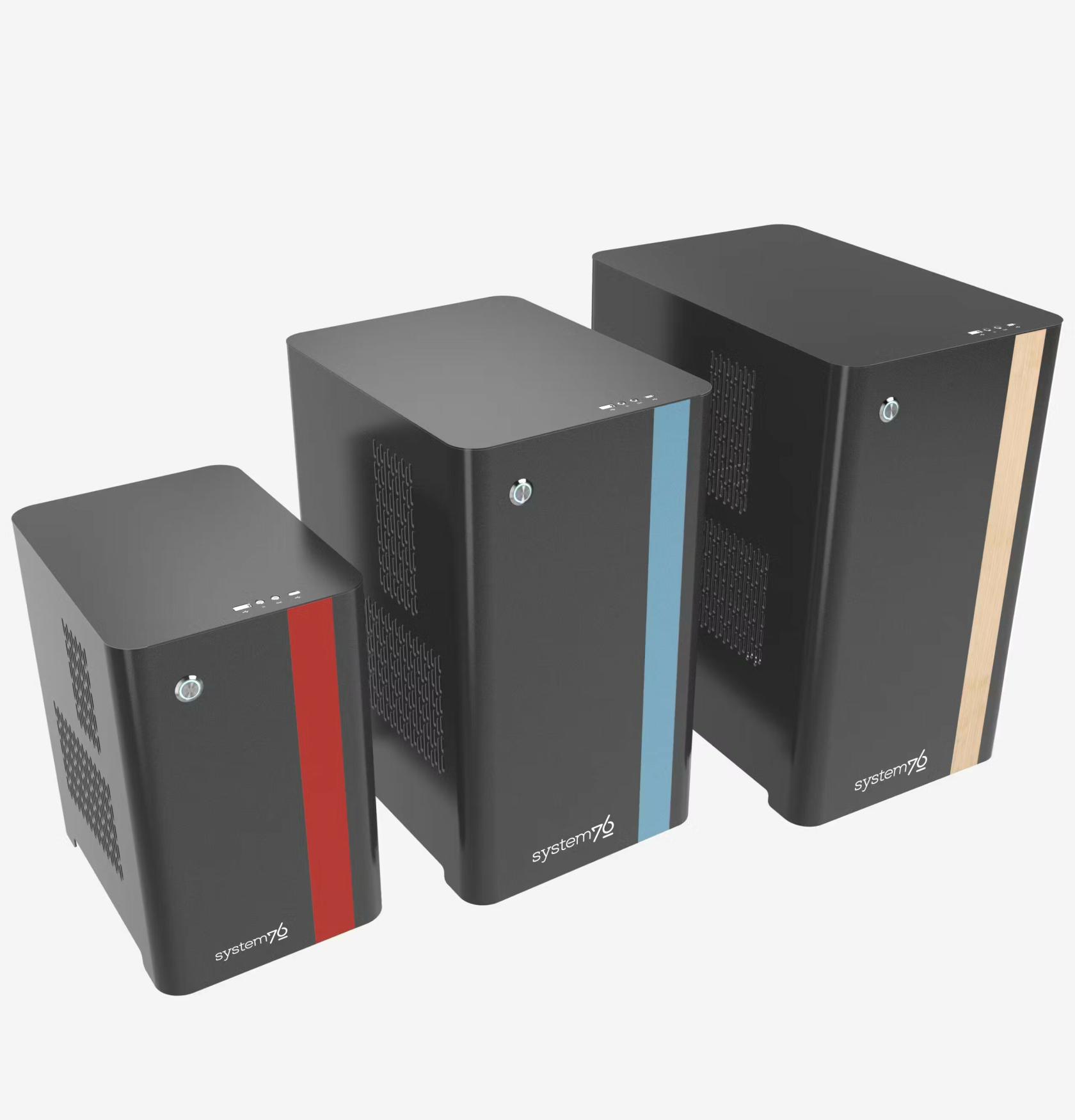Desktop or Server?
Explore computer hardware and the difference between server and computer hardware and what that means for running a website.
when you hear the word "server" in the context of computers, this can mean both the hardware that is used as well as software that acts as a primary access point to a service. compared to a traditional desktop, servers have special hardware is used to ensure as close to 100% uptime as possible.
Hardware
this includes error checking ram, hard drive "RAID" that mirror themselves in real time in the event that one fails, hot-swappable drives and redundant power supplies. Traditional formfactors are often called "blade" or "rack" servers because they are low profile, mountable and hot swappable. Servers often operate "headless" which means they do not have a monitor, mouse or keyboard and are instead controlled as needed through a remote connection like SSH or RDP.
Tower servers are also a common form factor when redundant servers are not needed. These have many of the features of a data center blade or rack server, but in a discrete form factor geared towards small to medium businesses, medical facilities, and web hosting.
Desktop computers that are created towards consumers are targeted at price points and features hardware that is geared towards a client environment with a monitor, mouse, keyboard and desktop environment.
While they can maintain excellent uptime, hardware malfunctions and errors can result in downtime because they do not have redundant hard drives, power supplies or RAM. Without a backup solution in place, this can result in permanent data loss if a hard drive fails or a power surge occurs.
Consumer-grade computers can be used as a server when the appropriate software is installed and precautions are taken to offset the hardware differences, such as a consistent and secure onsite and remote backup solution. Periodic hardware tests, such as running a Power On Self Test or maintenance tests (like ram and processor tests), can got a long way to ensuring your server doesn't go offline unexpectedly. SMART allows you to monitor your hard drives for any potential signs of failure.
Software
In addition to hardware, a server also related to software. This is in relation to the server-and-client model of networking where servers are dedicated to handling the requests of clients. Linux distributions, such as Debian, powers an estimated 95% of the top one million web servers and all super computers. This is because it is incredibly modular and permissively licensed making it easy to customize or extend.
Through your operating system, such as the same Linux distributions used to power most servers, a computer can accept incoming connections over your network. Using a port,ports, similar to an old phone switchboard, we can connect services running on our server to the outside internet using our local network router.




